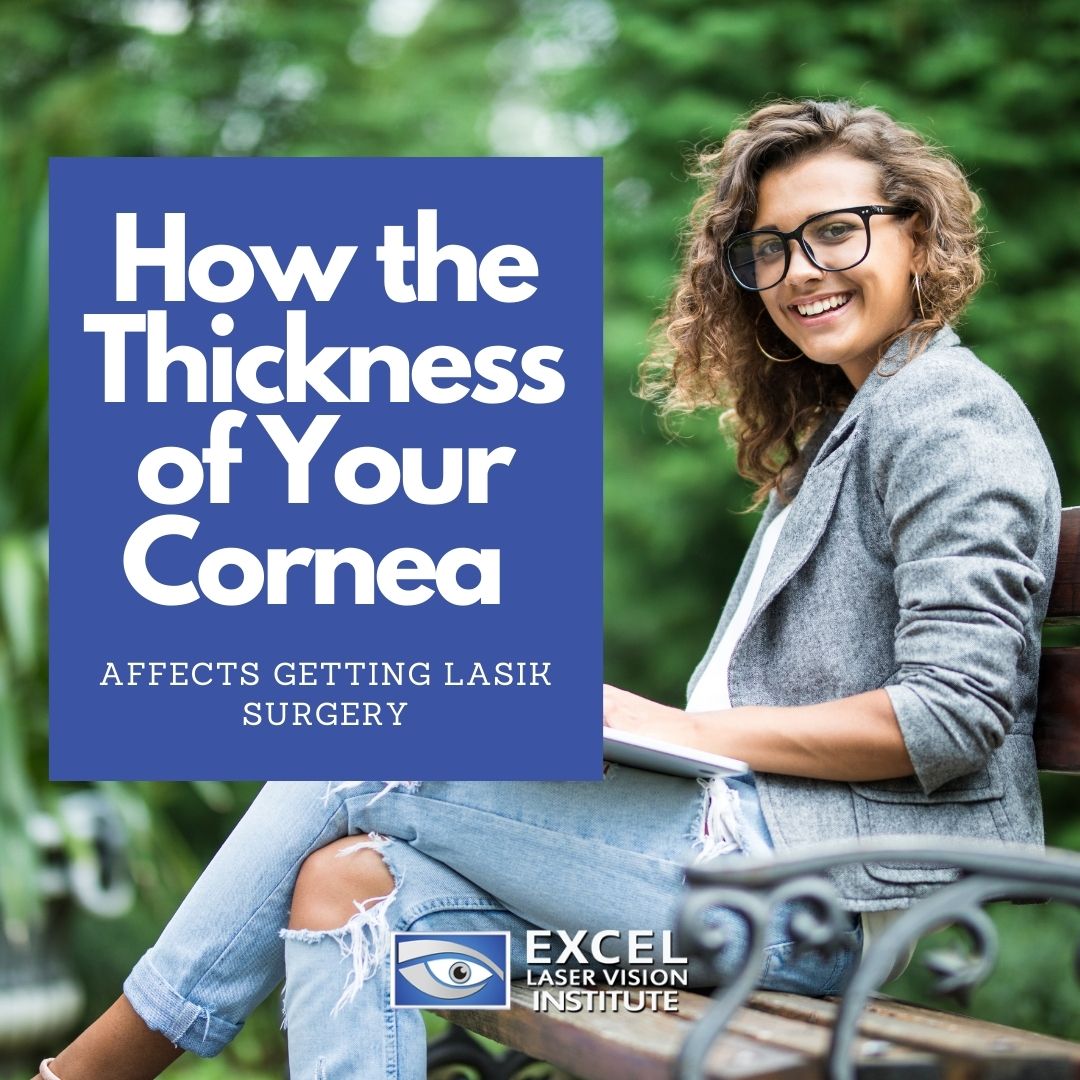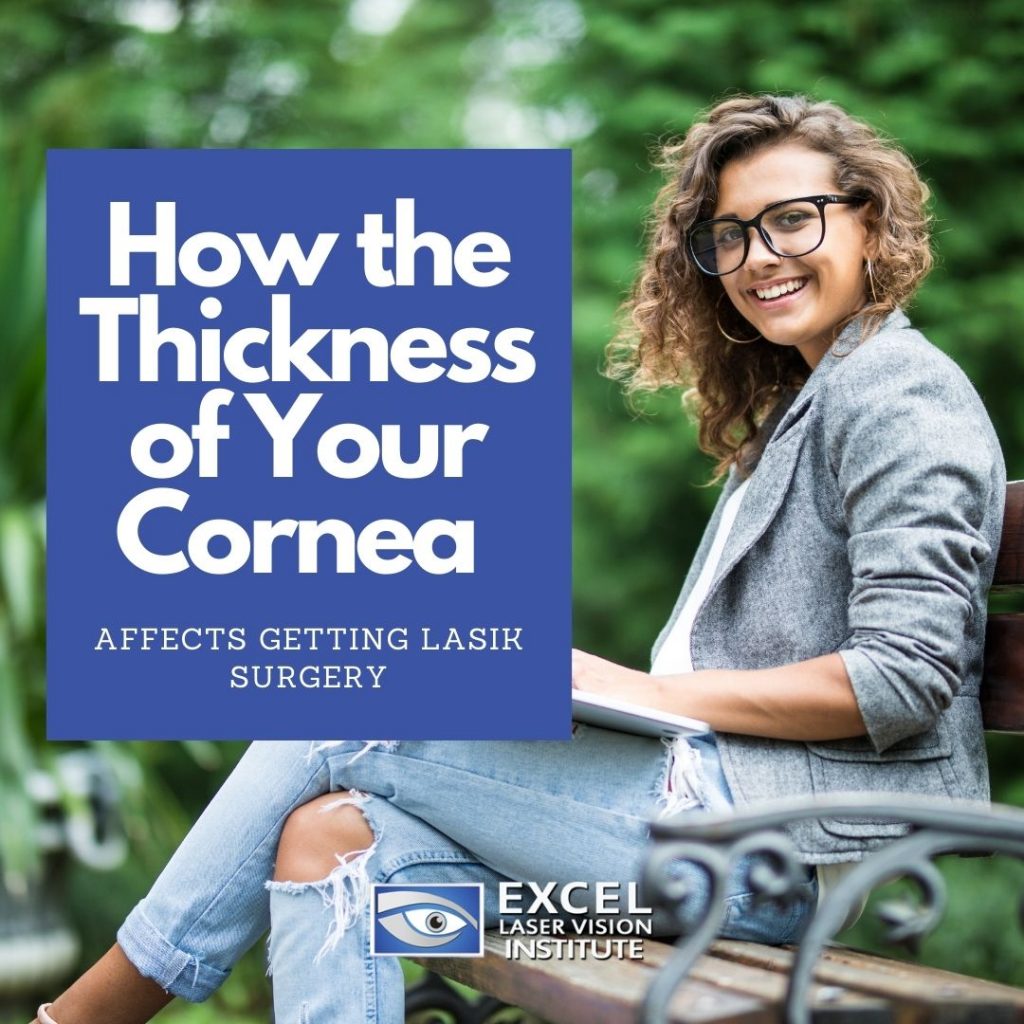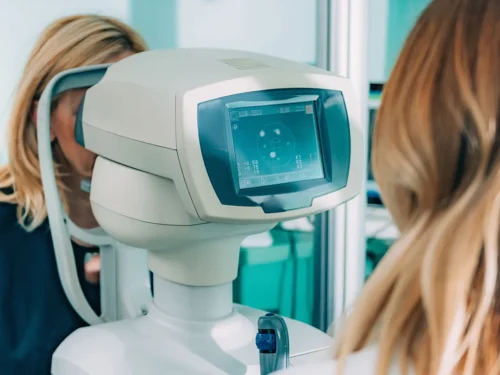
When glasses or contacts become too troublesome and inconvenient, many people turn to laser eye surgery. LASIK experts in Los Angeles like Doctor Moosa say that LASIK is known for treating varying levels of farsightedness, nearsightedness, and astigmatism. The reason that this procedure has become so popular is that it is a long-term solution that actually corrects corneal aberrations, rather than just compensating for them. LASIK patients can achieve up to 20/20 vision or, in some cases, even better!

The best LASIK surgeons in Los Angeles are selective when it comes to their patients. Not everyone can be eligible for LASIK because there are certain factors that can affect the accuracy of the results and the safety of the patient. Corneal thickness is one of the eye conditions that LASIK specialists will check for before qualifying a patient for LASIK. This is a particularly important requirement for a few reasons.
Imperfect prescriptions are caused by irregularities in the cornea which can be perceived as nearsightedness, astigmatism, or farsightedness. Light is directed behind or in front of the retina, instead of on it, which can affect the clarity of the image. LASIK surgeons in Los Angeles correct this issue by removing excess tissue and reshaping the cornea to better reflect light. LASIK requires the creation of a tiny flap in order to access the stromal layers of the cornea.
When visiting a LASIK clinic in Los Angeles, patients will receive a comprehensive eye exam in order to determine if they are an ideal candidate for the procedure. Since the LASIK method requires a corneal flap to be made, patients must have a cornea that is within a certain range of thickness. When a patient’s cornea is too thin or too weak, this increases their chances of experiencing complications or jeopardizing their healing process. Here are some of the qualifications and facts that LASIK specialists consider:
- Patients must have a minimum of 250 microns of corneal thickness after their surgery.
- LASIK removes about 160 microns of tissue to create the corneal flap.
- LASIK removes about 12-14 microns per diopter of vision for correction.
- Corneal thickness can be measured with a corneal pachymetry test.
After measuring the thickness of your cornea, LASIK specialists will need to do some mathematical reasoning in order to determine if you are a safe candidate for the procedure. If a doctor determines that you do not qualify for LASIK, you may qualify for PRK instead. This laser eye surgery alternative uses a slightly different method to correct vision in which a corneal flap is not needed. This helps conserve corneal tissue.
Whether you qualify for LASIK or not, it is a good idea to visit a clinic to have the evaluation and determine the best way to reach your vision goals. If you’re wondering how much LASIK surgery is, then you will be given an estimate based on the needs of your current visual acuity. Fortunately, LASIK is more affordable than ever with available financing options. When you calculate the total cost of LASIK and compare that to the lifetime use of glasses or contacts, you will see that this procedure is a worthwhile investment. Contact the Excel Laser Vision Institute to learn whether you qualify for LASIK eye surgery and get started on the journey to clear, independent vision.



